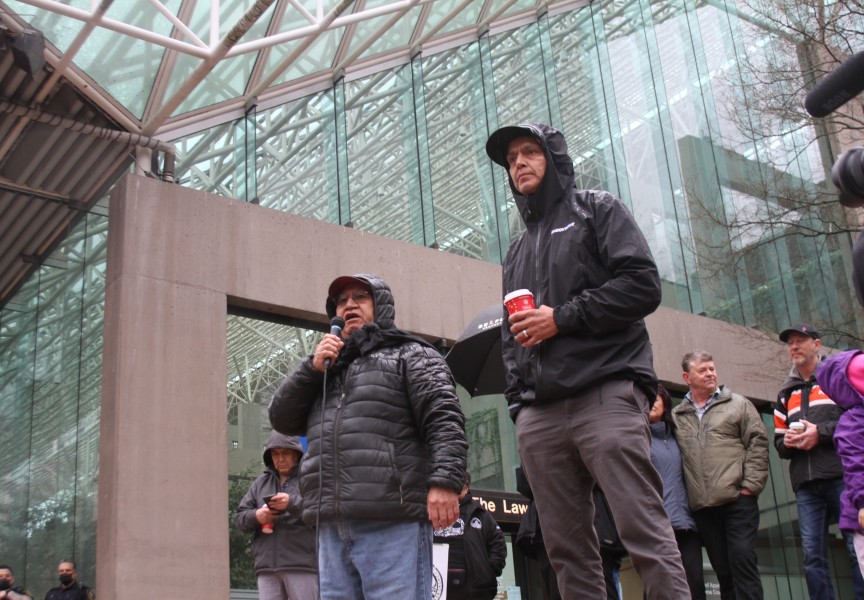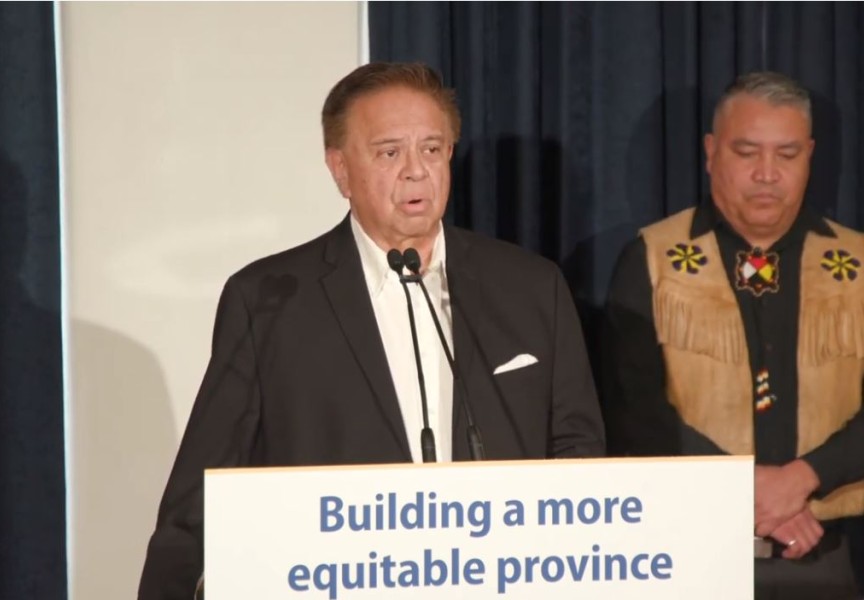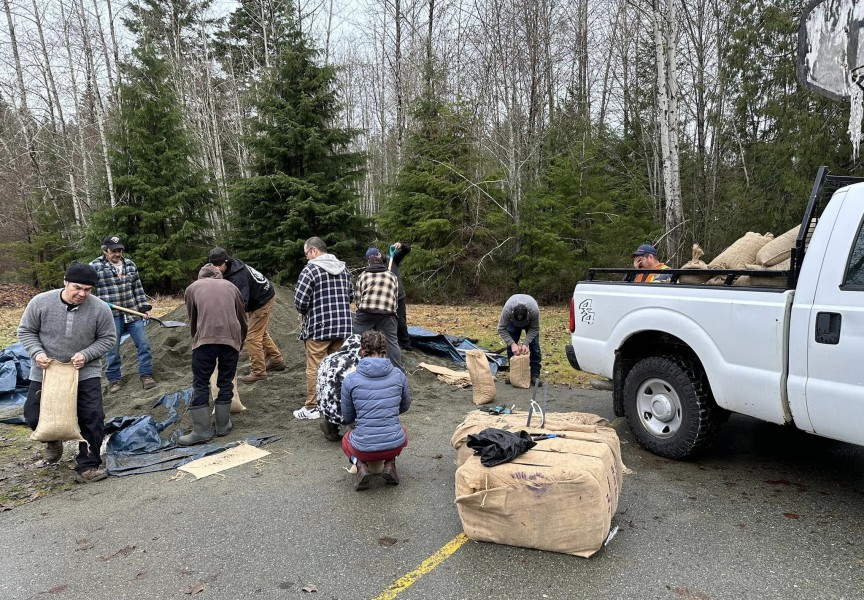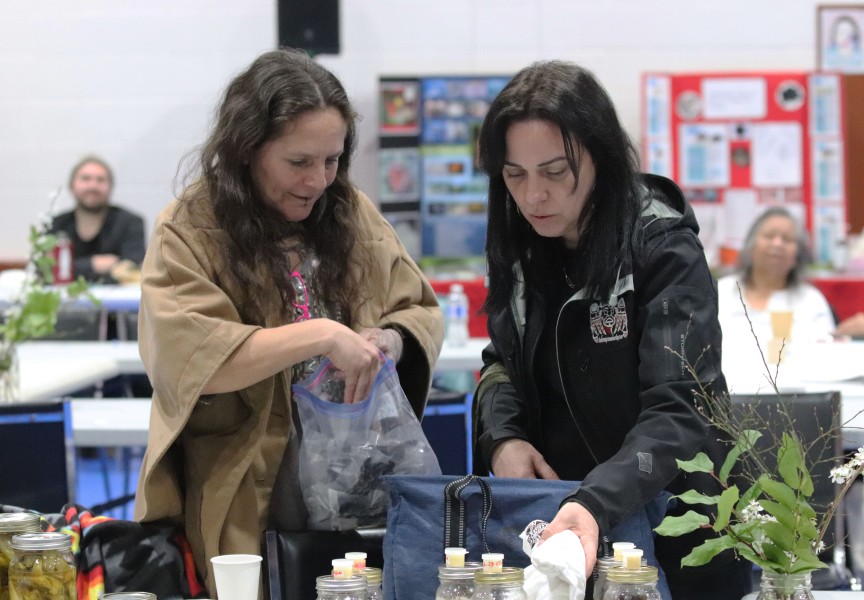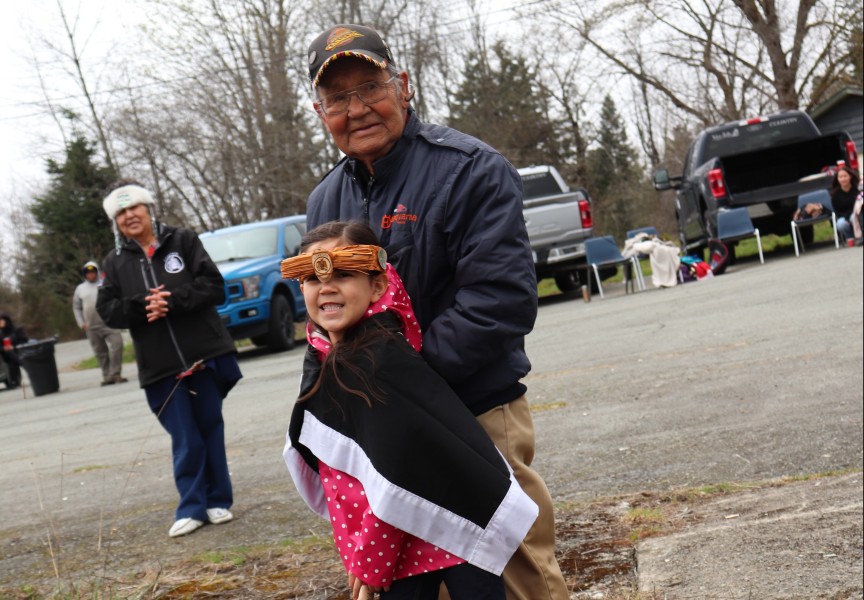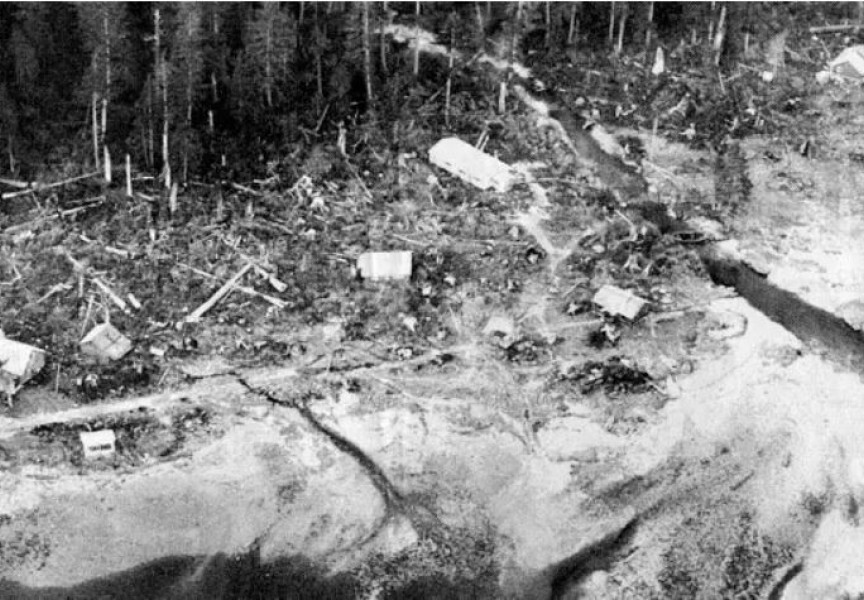As suicide continues to affect Nuu-chah-nulth communities, the First Nations Health Authority is looking towards youth for a solution.
According to a 2016 NTC briefing to Canada’s Standing Committee on Indigenous and Northern Affairs there are about 500 incidences of serious suicidal contemplation in our populations annually.
“Although most are young adults, attempts span all age groups from young teens to elders,” stated the brief. “Our staff who are most involved with prevention and intervention have identified 24 completed suicides from our First Nations within the last three years.”
“Suicide prevention/life promotion has been identified as a priority in all five FNHA health regions in BC,” stated FNHA Vice-President of Programs and Services Sonia Isaac-Mann. “We are looking to our youth to lead collaboratively to restore community resiliency with capacity to care for one another.”
A Youth Advisory Committee for Life Promotion (suicide prevention) has been created by the First Nations Health Authority in partnership with the Fraser Health Authority (FHA) and the Canadian Foundation for Health Improvement (CFHI).
The committee was formed to prioritize suicide prevention/life promotion in all five FNHA health regions in B.C. Additionally, a 2017 report from the BC Coroners Service and First Nations Health Authority on deaths from 2010 to 2015 made the recommendation to bring youth together to “promote connectedness to peers, family, community and culture.”
How severe is the suicide issue in First Nation communities?
One Ahousaht youth, Natalee Dennis, put it this way: “The numbers of suicides in First Nations communities just keeps growing.”
But gathering statistics on suicide is difficult. Indigenous and Northern Affairs identifies challenges with gathering information on the issue, as does the NTC.
“Information on suicide is often magnified by immediate crisis, but also under-reported in mortality statistics due to stigma leading to reports of drug overdose or accident instead. Privacy issues also limit access to data for small populations,” stated the tribal council briefing.
The BC Coroners and FNHA report similarly found that there was a potential to underreport deaths based on Aboriginal identity, as that information simply wasn’t always recorded. In June 2016 an Aboriginal Administrative Data Standard (ADDS) was adopted that is intended to improve the quality of data collected.
The 2017 BC Coroners and FNHA Review states that “the mortality rate for First Nations youth and young adults is almost two times (1.9) times higher than the rate of their non-First Nations peers… 32 per cent of First Nations youth and young adult deaths died due to suicide.”
The Youth Advisory Committee for Life Promotion had their first gathering March 3-4. The group is made up of two youth from each of B.C.’s five health regions, two Assembly of First Nations youth representatives and one youth from each of B.C.’s largest urban centers.
With the youth committee, the FNHA hopes to “gain key insight from youth leaders and youth with lived experience regarding their needs and experiences, in order to inform suicide prevention/life promotion program planning,” states Isaac-Mann.
She said the committee members will be tasked with designing a program to deliver in First Nations communities. While they will be supported by FNHA, FHA and CFHI, the youth will lead all aspects of the project, from planning to implementation to evaluation.
“It is our collective professional experience that the most effective and successful programs for youth are those that are designed by, and led by, youth themselves,” stated Isaac-Mann. “As such, our vision for this collaborative project is to have youth steer the process as we provide the platform for engagement. The youth will work as a team to share their stories, identify what their priorities are, generate ideas, choose a good path, and decide what actions they will take to build resiliency.”
Talking about suicide can be challenging for communities affected by the issue. Many of those affected carry the pain and confusion of someone who left by suicide.
“Speaking of such sensitive issues with family and friends who are left behind can be the most challenging part…And bringing up those feelings again is not the nicest thing.”
Isaac-Mann sees taboos as a big challenge.
“Primarily the issues of taboo and stigma related to mental health issues, lack of programming designed by and for youth, as well as the complex root causes of suicide,” she said of the contributing factors.
Suicide can be seen simply as a result of a person “being in state of despair, and not being able to see any way to move forward in life,” noted Isaac-Mann.
It can also be seen as the result of impulsive decisions made under the influence of alcohol and drugs, but the causes can be are more deeply rooted.
Isaac-Mann believes there’s a relationship between suicide and trauma.
“The effects of trauma on First Nations people can include depression, anxiety, social disconnection/emotional void/attachment (feeling lost between worlds) and suicide ideation,” she said.
“Suicide is one extreme result of historical and ongoing traumatic experience common to most First Nations communities across Canada,” said the NTC briefing. “There has been a breakdown of community and family structures that originally supported healthy belonging and identity…for generations Canadian institutions worked to devalue First Nations culture identity.”
Similarly, the NTC document said urban living can lead to isolation and disconnection from family, land and identity. Alternatively, a lack of access to emergency response, both medical and RCMP, are risk factors in rural areas.
FNHA cites increased access to services as one of their focuses.
“At the direction of community we are focused on reduced response time, reduced bureaucracy, and rapid resourcing,” stated the health authority.
Creating a culturally safe healthcare system where people feel safe and respected when receiving care is another FNHA goal.
“Essential for creating a culturally safe environment is cultural humility, an approach that seeks to address power imbalances inherent in healthcare client-provider relationships,” stated Isaac-Mann.
Hish uk ish tsawalk, we are all one. Connection to the land, to loved ones, remains one of the greatest sources of resilience, according to the NTC briefing.
“One of our greatest strengths remains our extended families. Although family bonds have been disrupted by historical trauma and efforts to eliminate Indigenous teachings, there remains a strong core of values. There are people willing to help, especially in times of crisis.”
“I think that a point needs to be made that children and adolescents need to find a passion, whether it be basketball, surfing, video games,” observed Natalee Dennis. “As a community, it is our responsibility to take care of growing children. We need to guide them in the right direction. We need to create a safe environment for kids to explore new things.”


